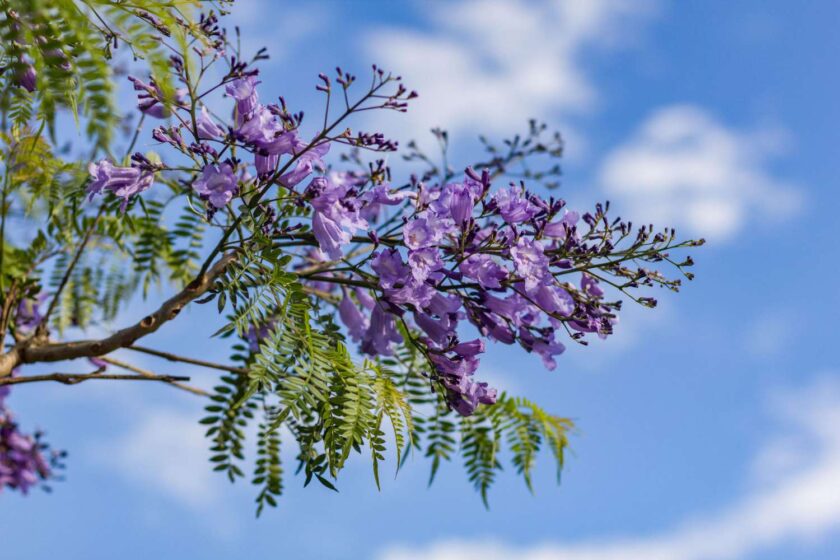Debate on Climate Change in Mexico Ignited by Early Jacaranda Bloom
Debate on Climate Change in Mexico Ignited by Early Jacaranda Bloom
Early Jacaranda Bloom Sparks Climate Change Debate in Mexico
Mexico, Bollywoodfever, February 24: Each spring, Mexico City’s streets are adorned with the vibrant purple hues of blooming jacaranda trees, attracting not only the admiration of locals and tourists but also providing essential resources for birds, bees, and butterflies.
However, this year brought an unexpected change. Some jacaranda trees began flowering as early as January, a stark deviation from their usual springtime schedule.
This premature bloom has raised concerns among residents and scientists alike in Mexico City, where jacarandas are cherished as iconic symbols of urban beauty.
Local scientists have initiated investigations to determine the extent of this early-bloom phenomenon, with initial findings pointing towards climate change as the primary factor.
Constantino Gonzalez, a researcher at the Institute of Atmospheric Sciences and Climate Change Research at the National Autonomous University of Mexico (UNAM), emphasized the traditional late-March onset of jacaranda blooms, highlighting the abnormality of flowering during January and February, typically winter months.
To establish a conclusive link between climate change and the early blooming of jacarandas, Gonzalez’s team is conducting comprehensive data collection efforts across the city, utilizing satellite imagery and enlisting the help of young volunteers.
Gonzalez highlighted the accelerated end of winter this year, with temperatures rising and disrupting the usual late-March conclusion, further underscoring the potential influence of climate change on natural phenomena.

Inspired by the enchanting display of Japanese cherry trees adorning Washington, D.C. each spring, Mexican President Pascual Ortiz (1930-1932) sought to replicate this captivating scenery in his country’s capital.
However, Tatsugoro Matsumoto, a Japanese landscape architect who had settled in Mexico during the late 19th century, advised against cherry trees due to concerns about their viability in Mexico City’s temperate climate.
Instead, Matsumoto proposed jacarandas, a tropical tree he had encountered during a brief stay in Peru.
Since then, jacarandas have become an integral part of Mexico City’s landscape, embraced by its nine million inhabitants.
However, in January, alarm spread as social media users shared photos of blooming jacarandas, prompting discussions about the potential impacts of climate change.
Biologist and Sustainability Sciences doctor, Cristina Ayala, noted the growing awareness among people, indicating a shift from abstract concern to tangible recognition of climate change’s effects.
She emphasized the vital role jacarandas play in the city, attracting hummingbirds and bees, whose populations could decline with changes in flowering patterns.
For residents like Alex Estrada, while the sight of blooming jacarandas brightens the cityscape, the occurrence during winter raises concerns and prompts reflection on the implications of such anomalies amidst a changing climate.
Elle Macpherson BedTime Routine No Clothes and a Happy Heart
Bookmark and Follow us for More Entertainment News












